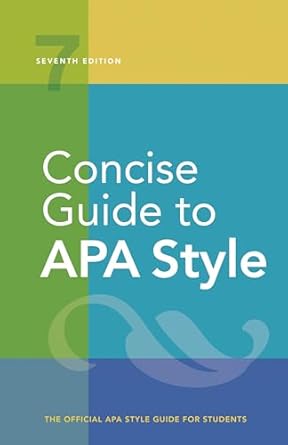[toc]
workplace stress review balance demands
Concise Guide to APA Style: 7th Edition (OFFICIAL)
Page 29 Review
Workplace Stress: An Annotated Bibliography Review
This review delves into the complexities of workplace stress, examining two key pieces of research presented in an annotated bibliography format.
The works explore the interplay between work-life balance, work demands, and their subsequent impact on employee well-being and organizational outcomes.
Barber, Grawitch, & Maloney (2016) – Work-Life Balance: Contemporary Perspectives
Barber, Grawitch, and Maloney (2016) offer a comprehensive overview of the work-life balance concept.
As stated in their chapter, they delve into the “psychosociological concept of work-life balance.” They highlight crucial findings, noting the “harmful effects of work-life conflict on psychological and behavioral health,” alongside the “beneficial effects of work-life facilitation, wherein one role makes a positive contribution to the other.”
The authors further explore organizational efforts to support employees: “The chapter concludes with a description of work-life balance initiatives that organizations have adopted to help employees manage their dual work and nonwork obligations and some of the key factors influencing their effectiveness.” This insight is vital for understanding practical strategies to mitigate workplace stress and promote employee well-being.
Carlson, Thompson, & Kacmar (2019) – Double Crossed: The Spillover and Crossover Effects of Work Demands
Carlson, Thompson, and Kacmar (2019) present an empirical study investigating the multifaceted ways in which work and family dynamics affect work outcomes.
Their research contrasts with Barber et al. (2016) by focusing on the negative consequences of work demands on family life, leading to potential issues at work.
They note that their study will “examine the multiple paths through which work and family variables can affect work outcomes.”
Key findings from their study include the identification of spillover and crossover effects.
As highlighted, “Results supported a model in which direct effects of work demands and spillover effects of work demands to work-to-family conflict led to lower job satisfaction and affective commitment, as well as crossover effects of work-to-family conflict, spousal stress transmission, and later family-to-work conflict on organizational citizenship and absenteeism.” This complex interplay reveals the far-reaching consequences of unmanaged work demands.
Carlson et al. (2019) go on to suggest “Overall, the study demonstrated a link from work demands to work outcomes when considering the family, but those paths differed depending on whether attitudinal or behavioral work outcomes were examined.” It is important to examine both work and family outcomes as a cohesive system to truly understand workplace stressors.
Comparative Analysis and Implications
While both studies address workplace stress, they approach it from different angles.
Barber et al. (2016) provide a broad overview of work-life balance, emphasizing both its positive and negative aspects.
Conversely, Carlson et al. (2019) delve into the specific pathways through which work demands can negatively impact both family life and, subsequently, work performance.
Both articles highlight how important it is to consider employee’s families to understand their workplace stressors.
Conclusion
These studies contribute significantly to our understanding of workplace stress and its impact on individuals and organizations.
By exploring the dynamics of work-life balance and the spillover effects of work demands, they underscore the importance of creating supportive work environments that prioritize employee well-being.
Further research in this area should focus on developing and implementing effective interventions to mitigate workplace stress and promote a healthier work-life integration for all employees.
Buy full ebook for only $18: https://www.lulu.com/shop/american-psychological-association/concise-guide-to-apa-style-7th-edition-official/ebook/product-rmzpq54.html?page=1&pageSize=4
Workplace Stress Review Balance Demands
Read more: Experimental Design: Naming Conventions & Clarity

